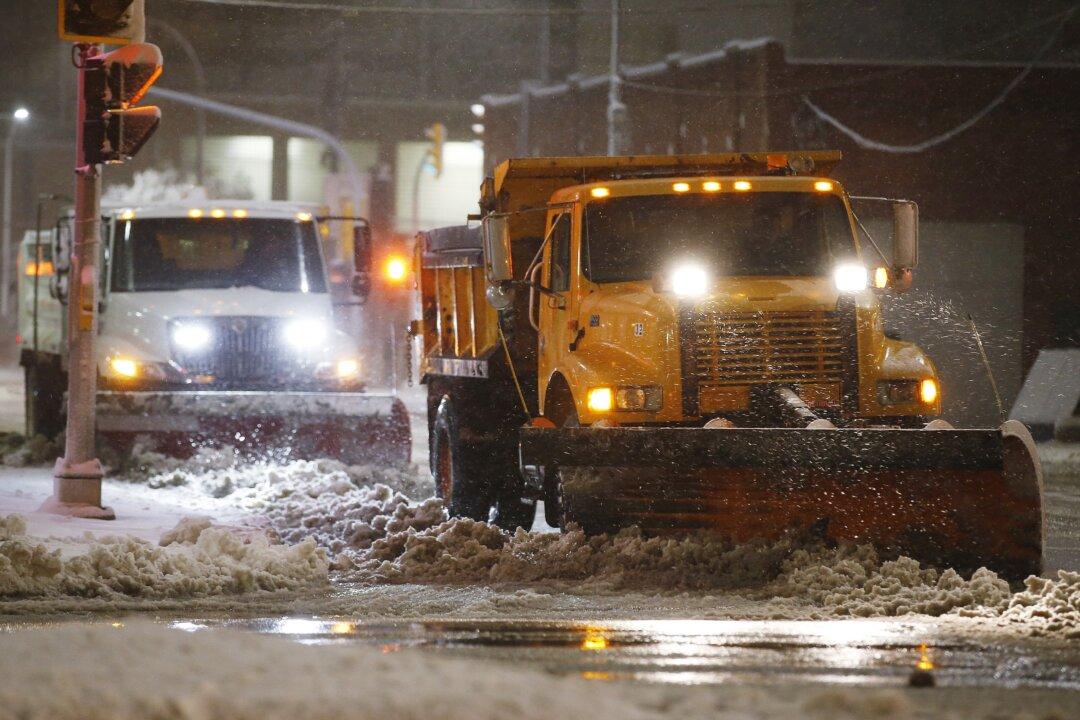Environment and Climate Change Canada says it does not know to what extent road salt, an all-Canadian contaminant, is causing ecological damage in Canada.
Federal researchers estimate it poses a greater environmental threat than fracking, though tonnes of it are used yearly in Ontario and Québec, according to Blacklock’s Reporter.





